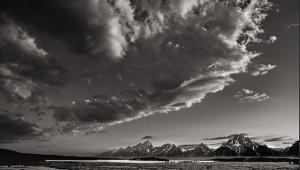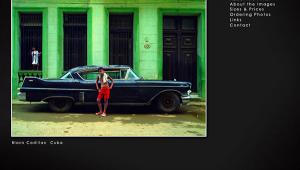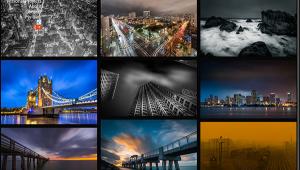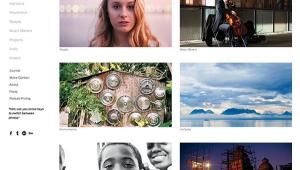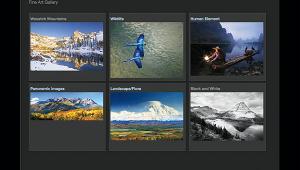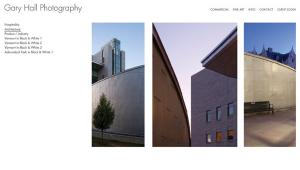Web Wandering
Pixels, Pixels, Pixels
| Once upon a time, photographers
stored their work in "shoebox" museums, tucked away under
a bed or wedged into the corner of a closet where they lay out of sight
and unrecognized. Then came the Internet and people like Howard Goldbaum
of the Peoria Art Guild and the Heuser Art Center Gallery at Bradley
University in Illinois, who put out the word that there was a new home
for photography. A place to show pictures to the world. |
- Log in or register to post comments
